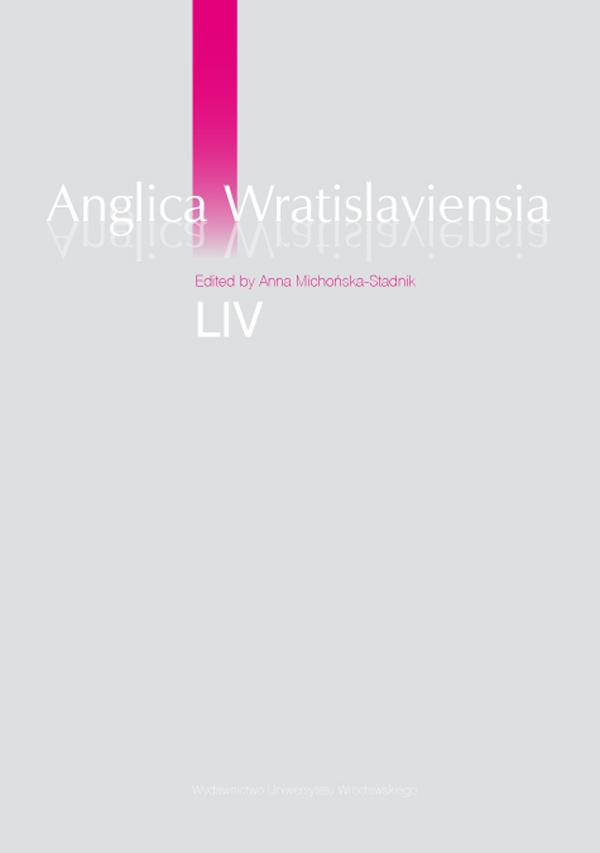

Second Language Acquis

The beginning of the aptitude concept, as well as aptitude testing, or, in other words, measuring one’s predispositions to foreign languages dates back to the 1920’s when the first aptitude tests, like the Iowa Foreign Language Aptitude Examination, or the Luria-Orleans Language Prognosis Test came into existence Carroll 1962. Since that time, aptitude tests have gone through a multitude of different transformations — from simple testing tools that resembled intelligence tests to an advanced computer-based version of the most influential Modern Language Aptitude Test developed by Carroll and Sapon in 1959 Dörnyei and Skehan 2003. Apart from them, researchers from different countries have attempted to create their own unique versions of the MLAT, like the Hungarian HUNLAT battery Safar and Kormos 2008, the Polish version named TUNJO Rysiewicz 2011, or even the CANAL-F battery based on an artificial language Kocic 2010. Therefore, the main goal of this paper is to provide a thorough theoretical analysis and review of the available aptitude testing batteries and find the differences and similarities between them. What is more, the paper aims to describe the components of all the possible aptitude tests and discover the potential behind the testing tools that examine one’s natural predispositions effectively. Apart from the general knowledge about aptitude testing available anywhere nowadays, it is necessary to understand how the tests work, and what they expect from a participant taking part in such an initiative. As they are often compared with intelligence tests, the purpose of this paper is to show that aptitude tests constitute a different tool, and measure different abilities and skills than a set of intelligence related instruments. To reach this goal, I examine the tools available, describe their properties and potential success rate, analyze their components and compare them with the other batteries.